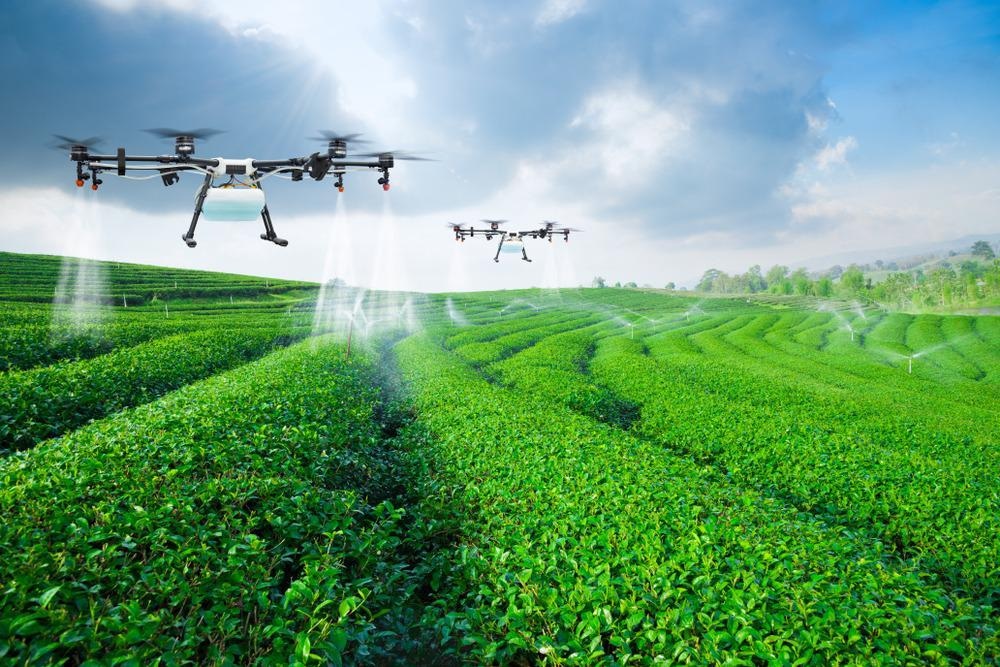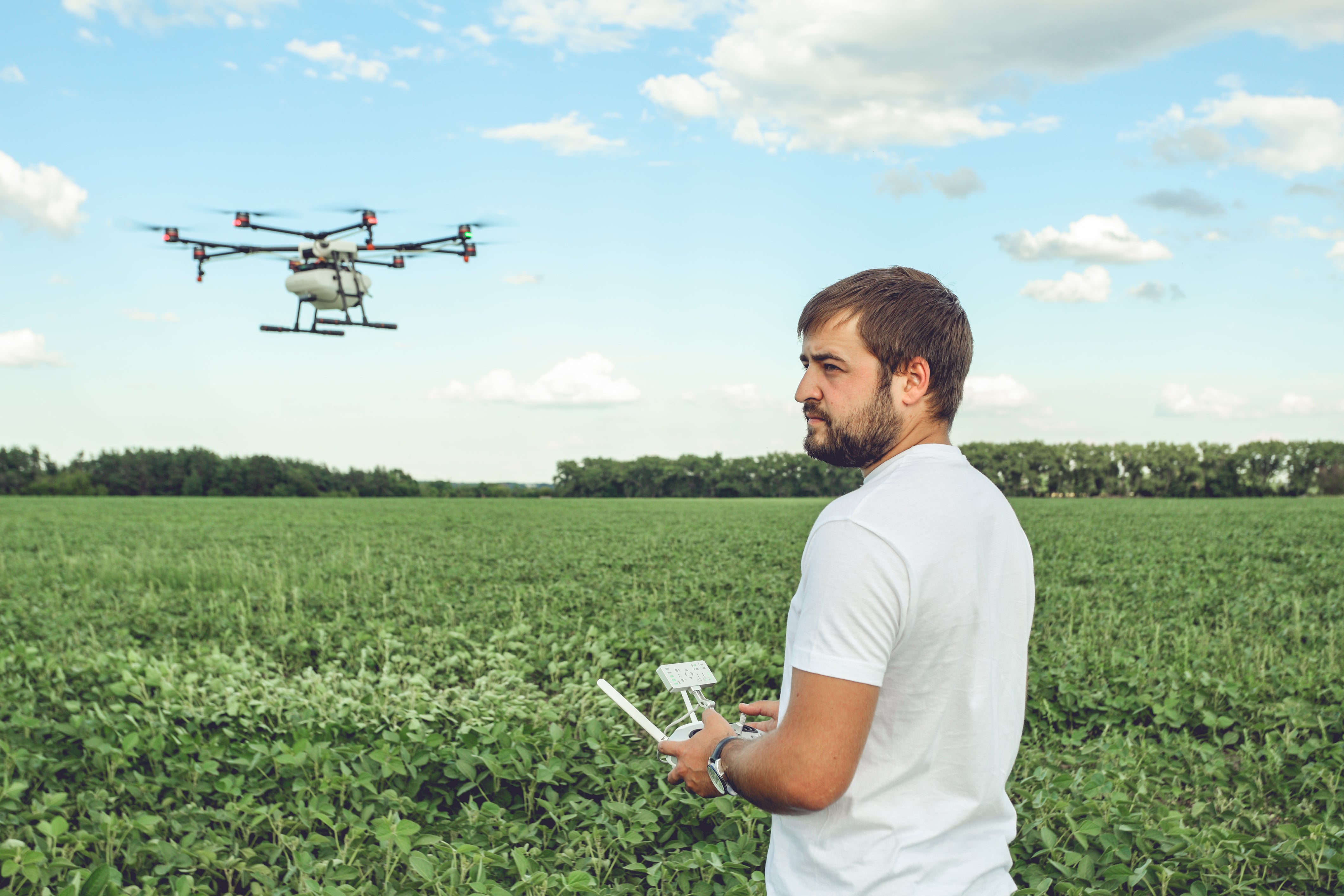Agriculture is one of the most important economic drivers of the world. In 2022, it will continue to be so. The number of smallholder farmers has grown globally in the past years, due to reductions in price and convenience, as well as innovations in various technologies.
This has led to increasing self-sufficiency and a reduction in reliance on external inputs like agrochemicals. In this article, we take a look at how drones will change agriculture in 2022 and how remote sensing will help improve crop yields, monitor efficiency and reduce losses during harvesting. Read on for more information
Agriculture will be more efficient with real-time monitoring

Agriculture is one of the most data-intensive industries in the world. While it is critical to have the right data and analytics at all times, it is even more important to be able to use that data in real-time. Real-time data allows farmers to optimize operations, make timely decisions and get the best yield possible. In the next few years, we will see a rise in real-time data analytics. This will help farmers be more efficient with their operations, as well as make more informed decisions regarding their fields.
With more advanced sensors and analytics, farmers will be able to monitor crop health, determine the productivity of specific parts of their fields, optimize irrigation systems, and more. Real-time data will also play an important role in Precision Agriculture. Precision Agriculture can help farmers increase their yields while also reducing their environmental impact. With sensors that measure soil moisture, temperature, soil fertility, and more, farmers will have a much better idea of when to plant and when to harvest.
Drones will be used for precision farming

New drone technologies will help increase the capabilities and performance of current drones. This will allow farmers to use drones for precision agriculture more efficiently. To start, these advanced drones will be able to sense and collect data in a way that allows for real-time analysis. This will allow farmers to make decisions about their fields more quickly, and save time, money, and resources. Precision agriculture allows farmers to grow crops with less impact on the environment, but this technology will help farmers get more from each plot of land.
This is especially important since many people are concerned about the environment and how much longer the world can support population increases. Drones will also play an important role in Precision Orchard Management. With the right sensors and analytics, farmers will be able to better manage their orchards. They will be able to do this with less manual labor, improve yields, and predict pests and diseases so they can manage their orchards more effectively.
Drones will help monitor environmental conditions

Real-time data analytics will allow drones to sense environmental conditions like temperature, humidity, and moisture. This will allow farmers to react quickly to these conditions and adjust their operations accordingly. Real-time data will also allow drones to provide information on pests and diseases that might be affecting crops.
This information can help farmers identify these threats quickly, prevent damage and save resources like pesticides. In this way, drones will help farmers better manage their orchards and crops. Advanced sensors and analytics will also help drones map and monitor crops. This will allow farmers to track yield over time and make decisions about specific parts of their fields. For example, drones can be used to track where water is going in the field and where it is leaving. This can help farmers identify areas where there is too much water and where it is needed in the most efficient way.
Drones will play a critical role in disease prevention and eradication

New drone technologies will allow farmers to use drones more efficiently. This will allow them to do tasks like monitoring crops, irrigation, and pest and disease management more accurately. With real-time data analytics, these drones will be able to sense and collect data in a way that allows for real-time analysis.
This will allow farmers to make decisions about their fields more quickly, and save time, money, and resources. These drones will also play an important role in Precision Agriculture. With the right sensors and analytics, farmers will be able to manage their fields. This will allow them to grow crops with less impact on the environment, but it will also help farmers get more from each plot of land. In this way, drones will help farmers be more sustainable and more efficient.
Conclusion
Remote sensing will play an even more important role in agriculture in 2022. With more advanced sensors, drones and analytics, farmers will be able to collect more data, sense and analyze it in real-time, and use that data to be more efficiently. This will allow them to be more sustainable while also getting more yield from each plot of land they work on.










